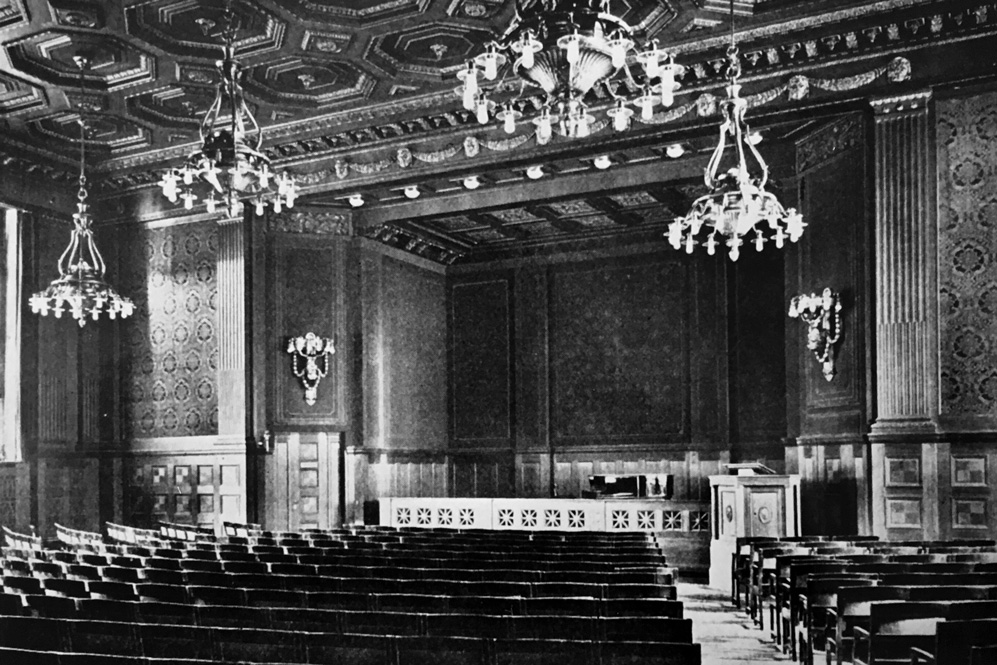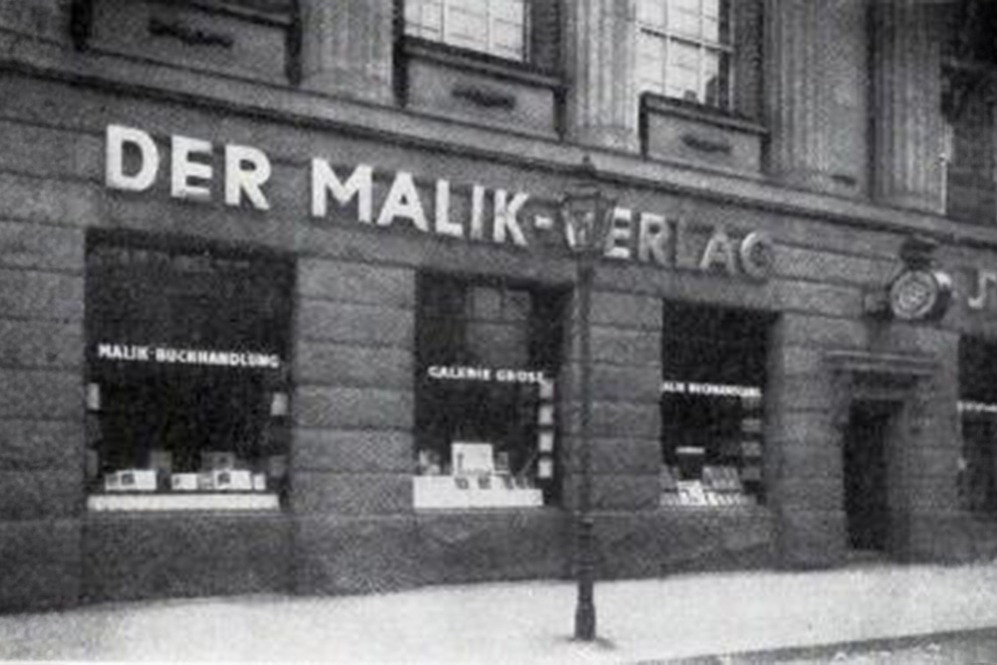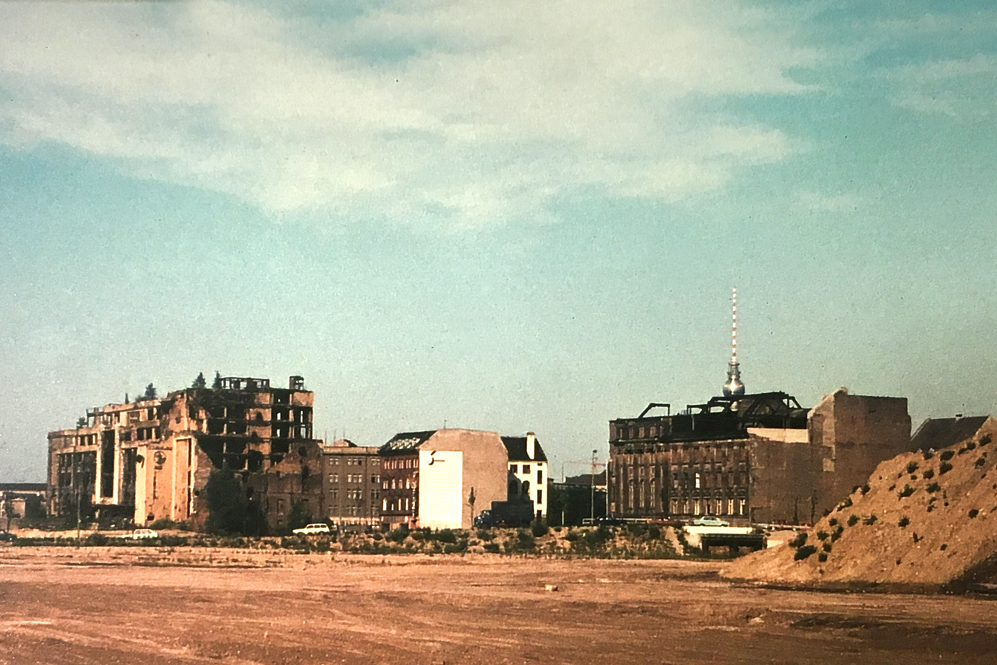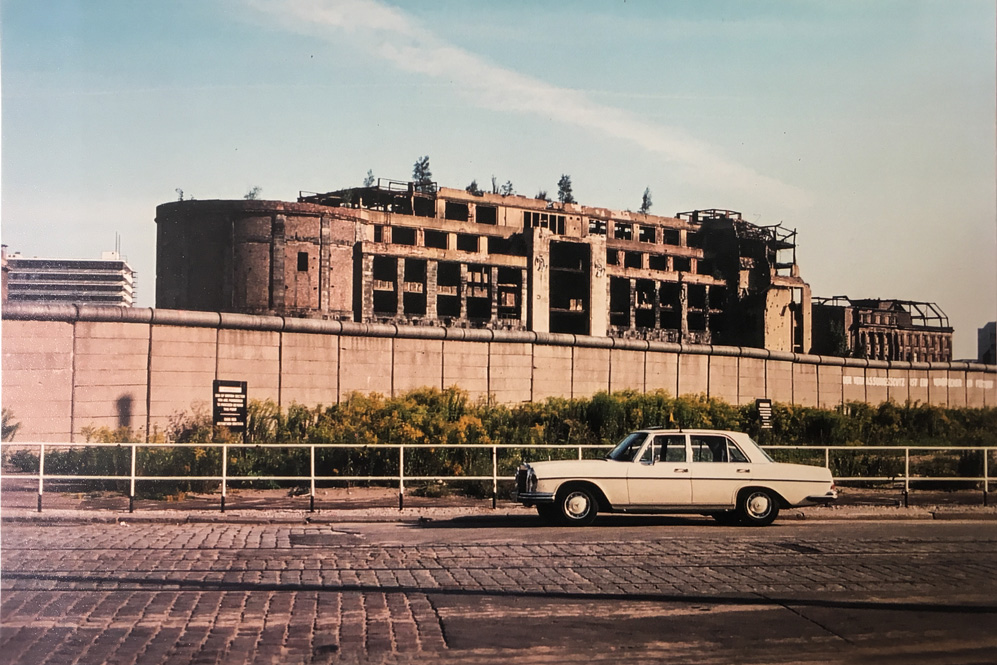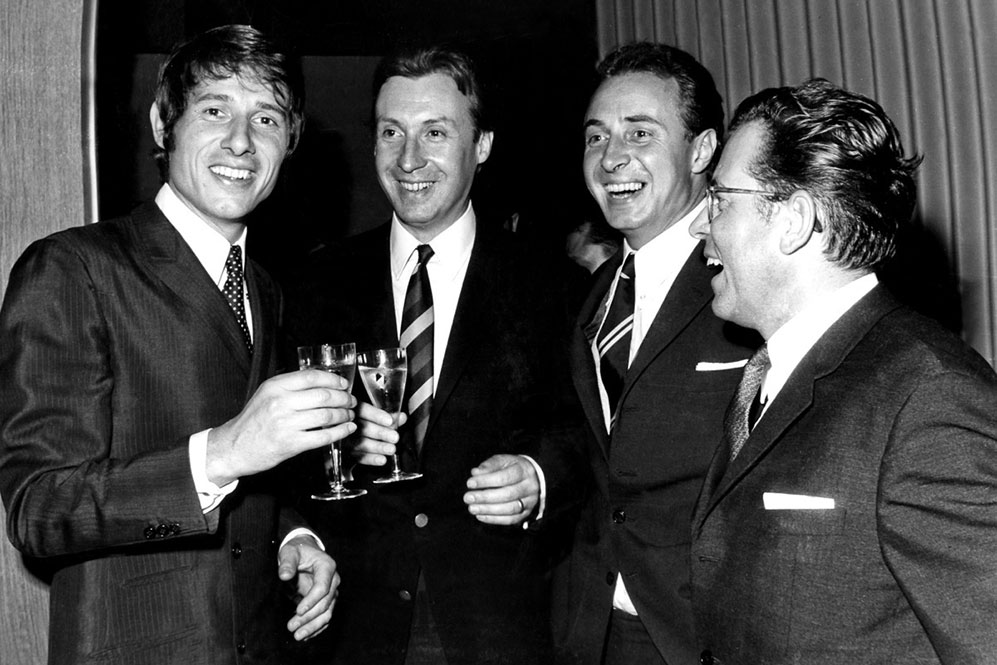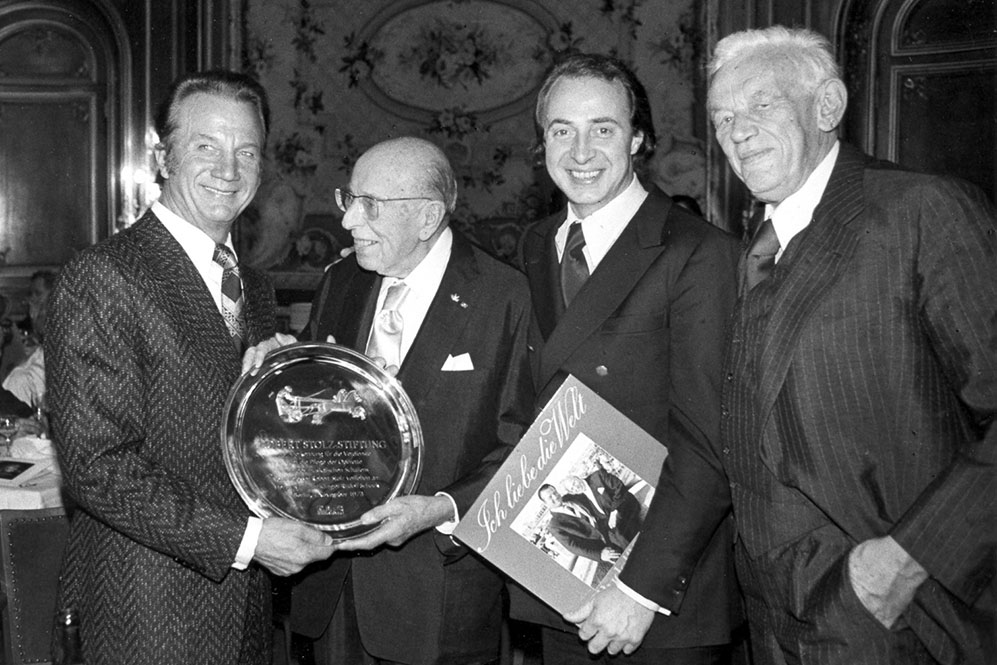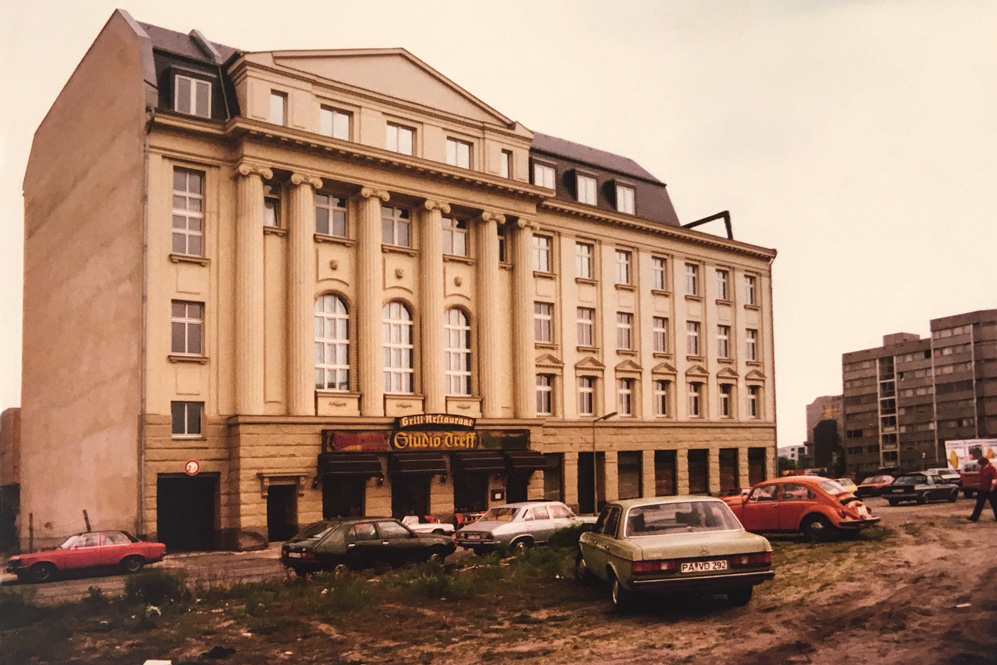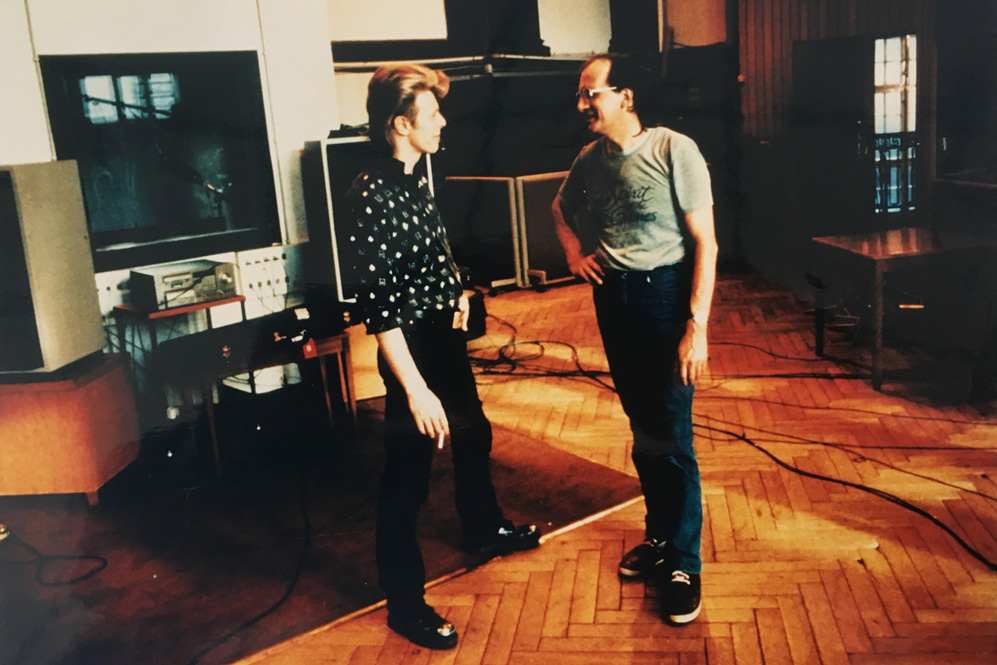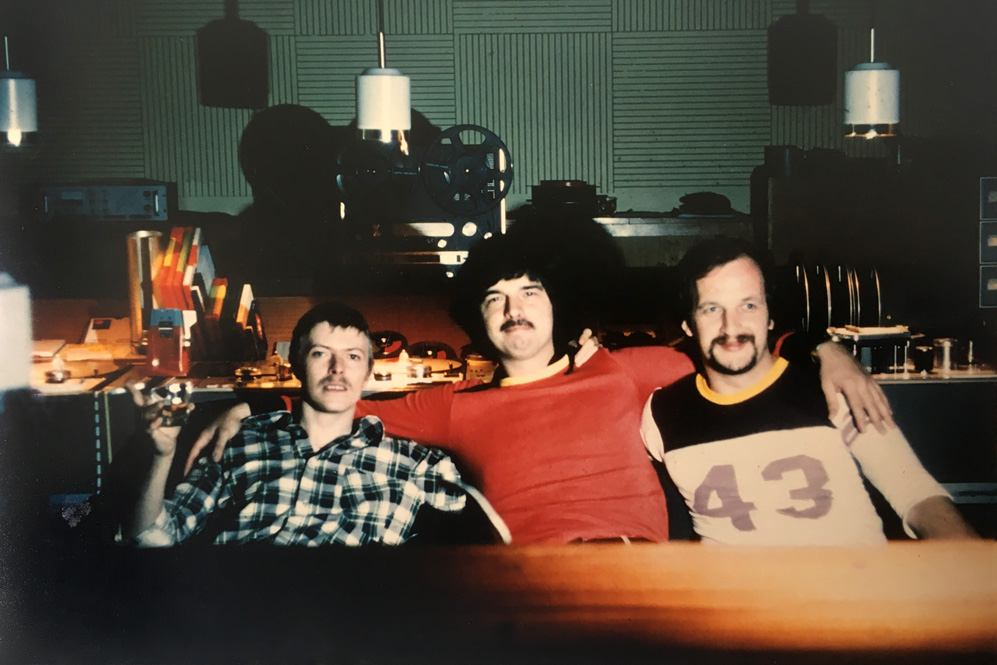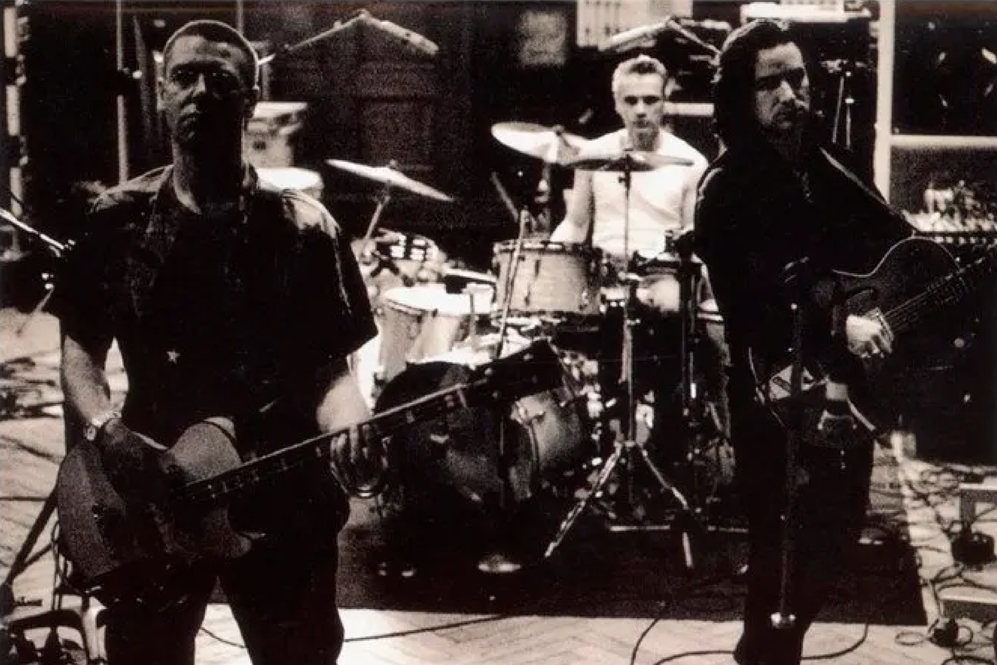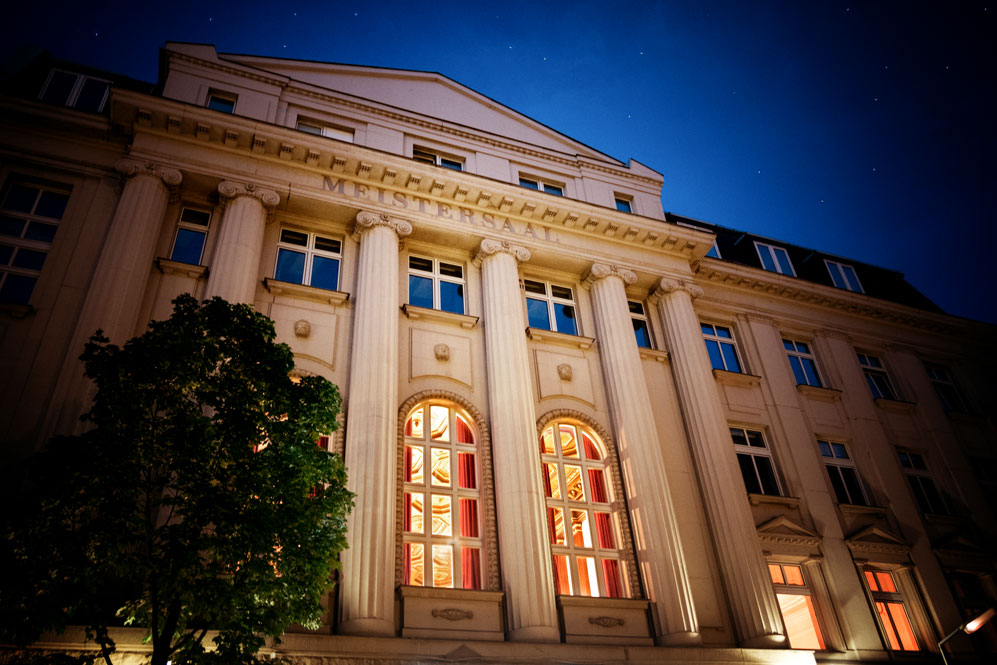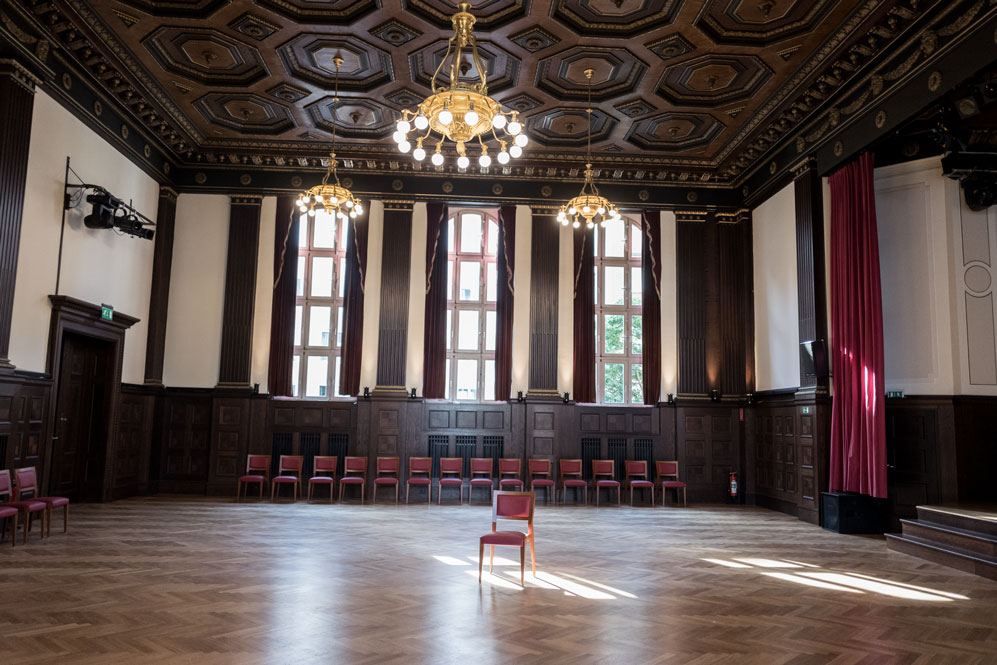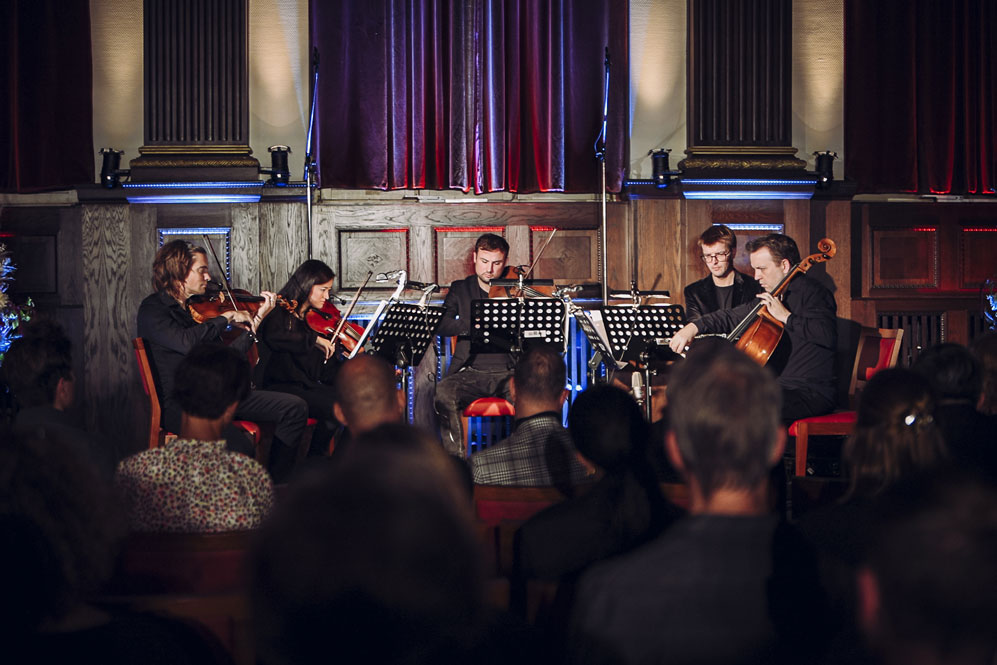111 Years of
eventful history
Showpiece and Berlin craftsmen’s pride
In 1910, the Verband der Baugeschäfte von Berlin und Vororten e. V. (Association of construction businesses in Berlin and suburbs) – later the Innung des Bauhandwerks (Guild of the building trades) – acquired the property at Köthener Straße 38 to build its association building. After three years of construction, it was inaugurated on 6 October 1913. Its impressive centrepiece is the Meistersaal, which was used, among other things, as a banqueting hall for the awarding of master craftsmen’s certificates to building tradesmen, from which the name “Meistersaal” was soon derived.
Stage of the “Roaring Twenties”
In the 1920s, the Meistersaal gained increasing artistic significance. Malik Verlag set up shop on the ground floor of the building and succeeded in organising a reading by Kurt Tucholsky in the Meistersaal on 27 January 1921. In addition, the actors Carl de Vogt and Ludwig Hardt organised events in the Meistersaal.
Scarred by war and division
The Second World War also marked a decisive turning point for the Meistersaal. Heavily damaged, only poorly restored and located right next to the Wall and thus far from the centres of the new West Berlin, for many years it was just a sad reflection of its great past, little more than another relic of this torn city.
Let the music play…
The 1960s marked a new beginning with the arrival of the Ariola record company, which took advantage of the Meistersaal’s renowned acoustics and its quiet location near the Berlin Wall to use it for recordings. The most famous artists who recorded their music in the Meistersaal at this time were the composer and conductor Robert Stolz, the tenor Rudolf Schock, René Kollo, Norbert Schultze, Peter Alexander and the Swedish singer and actress Zarah Leander.
Use by the Hansa recording studios
In 1976, Meisel Musikverlage acquired the building at Köthener Straße 38 and set up its five Hansa recording studios there. All war damage was repaired and the premises were converted into recording studios – the Meistersaal became Studio 2.
Bowie & Co
During this time, the Meistersaal gained worldwide fame in the music world. David Bowie, who called the Meistersaal “The Big Hall by the Wall”, recorded the albums “Low” and “Heroes” here in 1977, and Iggy Pop recorded “The Idiot” and “Lust For Life” in the same years. Depeche Mode worked on the albums “Construction Time Again”, “Some Great Reward”, “The Singles 81-85” and “Black Celebration” in the Meistersaal between 1983 and 1986.
U2 in the Meistersaal
With the fall of the Berlin Wall, the previously quiet location Meistersaal was lost and there was no longer a need for recording studios of this size, so it was decided to close Studio 2 for cost reasons. However, the last production in 1991 was once again a highlight, as the group U2 recorded parts of their album “Achtung Baby” in the Meistersaal.
Hansa Studios: By The Wall 1976 – 90
Back to the roots
Thomas Meisel, co-founder of Hansa Tonstudios and owner of the building, decided to return the Meistersaal to its original purpose as an event venue. The restoration began in March 1993 and lasted 18 months. From October 1994, events were once again held in the Meistersaal. The programme focused on piano and song recitals, theatre and readings.
BESL Eventagentur
In February 2009, following further technical conversion work, the Meistersaal was reopened for the third time, this time by BESL Eventagentur. Since then, the Meistersaal has been used as an event location. Thanks to Emil Berliner Studios, it is also increasingly being used for music recordings again.
Would you like to know more, are you planning an event or do you have a specific enquiry? Give us a call or write to us. Ideally right now and here.

